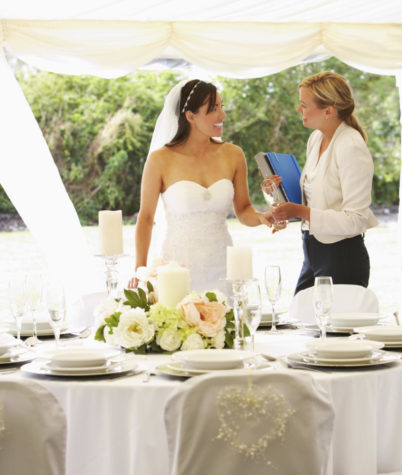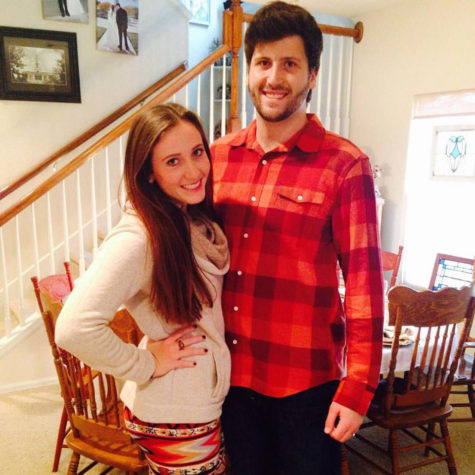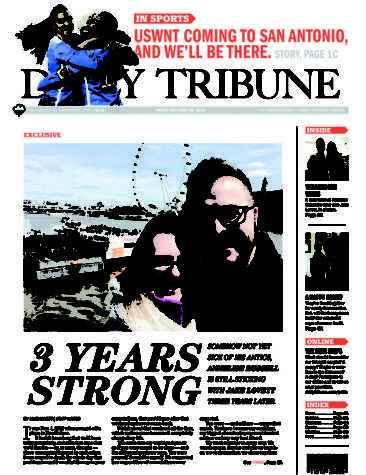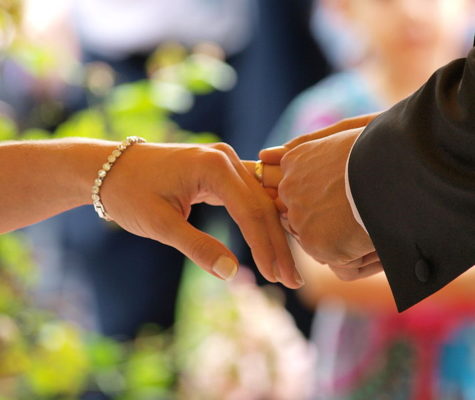Wedding traditions bring storied history to new unions
October 30, 2013
Wedding ceremonies and receptions have become a giant melting pot of unique customs, and each wedding is a little different. There are some traditions that endure, however, and they all have special meaning.
One of the most beloved traditions, said Kyra Jacobson and Taylor Thompson, owners of White Willow Events, is the father-daughter dance.
Another father-daughter tradition is giving away the bride, which dates back to when fathers were paid dowries for their daughters. Now it is a symbol of the father’s blessing of the marriage.
The wedding ring itself originated during Roman times. The Romans thought the vein in the third finger on the left hand led directly to the heart. Also, the ring was a never-ending circle, which symbolized everlasting love.
Another custom that originated in Roman times was the wedding veil. Originally fiery red and gold, it was supposed to hide the face of the bride to protect her from evil spirits. Now usually white, it is a symbol of youth, modesty and virginity.
The tradition of picking a best man comes from Anglo-Saxon England, when grooms would pick the strongest and most loyal of all his friends to help defend his new wife on the wedding day. Guests were always after a scrap of her gown, which was considered good luck. Another tradition stemming from that was that the bride was always positioned on the groom’s left, so he could draw his sword and protect her with his right hand.
Tiered wedding cakes are a tradition of Anglo-Saxon England as well. Guests would bring small cakes and stack them as gifts to the bride and groom. But it wasn’t until a French baker imitated the stacked style and covered the whole thing in frosting that we got the tiered cake we know today.
Jacobson and Thompson said another of the most favored traditions is the bouquet toss. The flowers in a bouquet are often picked with a specific meaning in mind. Herbs and orange blossoms were often used for those early bouquets as a symbol of fertility. Tossing the bouquet comes from when the bride would run away from those wanting a piece of her gown. She would toss her bouquet at them to distract them and run.
The original purpose of bridesmaids was that a group of the bride’s friends would dress like her and confuse any evil spirits that were after their friend. Now they are there to support the bride in stressful times during the wedding. Jacobson commented that the bridal party is getting less traditional, however, in that there are a mixture of men and women as both groomsmen and bridesmaids.
One of the first things a person thinks about when you say “wedding traditions” is the rhyme, “Something old, something new, something borrowed, something blue and a sixpence in your shoe.”
“Something old” symbolizes the bride’s link to her family and the past and is often something like a family heirloom in the form of a piece of jewelry. “Something new” symbolizes the hope for a good and successful future and is usually the wedding gown. “Something borrowed” comes from another happily married woman in the hope of it lending some of her good fortune to the new bride. “Something blue” is a symbol of love, fidelity and purity. A sixpence in the bride’s shoe is to wish her wealth in her future.











